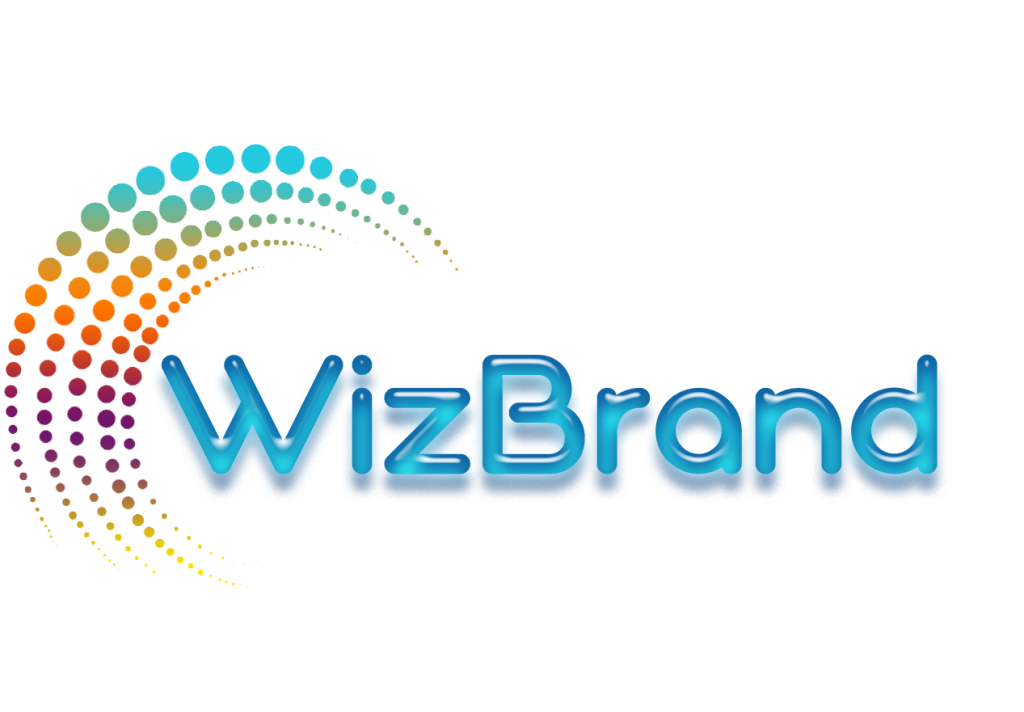%20(1).jpg)
In today’s fast-paced digital world, the volume of content being generated is growing at an exponential rate. From images to videos, documents to audio files, managing digital assets can quickly become overwhelming. Traditional storage methods often fail to meet the demands of modern organizations, making it difficult to track, find, and use the right assets at the right time. This is where a Digital Asset Management (DAM) system comes into play. But what truly enhances the functionality of a DAM system? Metadata.
In this blog, we’ll explore the power of metadata in your DAM strategy, explaining what it is, why it’s important, and how it can be leveraged to streamline workflows, improve content management, and boost productivity. We’ll also look at how Wizbrand’s DAM software helps businesses unlock the true potential of metadata.
What is Metadata?
Metadata is often described as “data about data.” It is information that describes, explains, or gives context to digital assets. In a DAM system, metadata serves as a critical tool for organizing, finding, and managing digital content. It includes details such as:
- Descriptive Information: Titles, keywords, descriptions, and categories that help define the asset.
- Technical Information: File types, sizes, formats, and resolution data that provide insights into the technical aspects of the asset.
- Rights Management: Licensing, usage restrictions, and copyright details that help control how and where an asset can be used.
- Provenance Information: Information about the asset’s history, such as when it was created, who created it, and any edits or revisions it has undergone.
While metadata might seem like a simple concept, it is one of the most powerful features in a DAM system. When applied correctly, metadata can make digital asset management more efficient and effective by ensuring assets are easily discoverable, properly categorized, and well-managed throughout their lifecycle.
Why is Metadata Crucial for Your DAM Strategy?
A well-defined metadata strategy is essential for businesses that want to optimize their digital workflows, improve content collaboration, and ensure seamless access to assets. Let’s break down why metadata plays such a crucial role in your DAM strategy:
1. Improved Searchability and Discoverability
One of the main benefits of metadata is that it significantly improves the searchability of digital assets. Instead of manually sifting through files or folders to find the right image, video, or document, metadata makes it easy to search for assets based on specific attributes. With proper metadata tagging, assets can be searched by keywords, file types, creation dates, usage rights, and more.
For example, Wizbrand’s DAM software allows you to assign keywords, categories, and descriptions to each asset, making it easy for your team to find exactly what they need with just a few clicks. The system’s intuitive search capabilities enable you to find the most relevant assets quickly, saving you time and effort.
2. Streamlined Digital Workflows
Metadata enables businesses to streamline their workflows by automating processes, reducing manual labor, and improving efficiency. For instance, assets with the right metadata can be automatically sorted into specific folders, categorized by project, department, or campaign, and even routed to the appropriate team members for review and approval.
Wizbrand’s DAM software helps businesses automate tasks related to asset management. With features like custom metadata fields and auto-tagging, you can ensure that assets are organized and stored correctly from the moment they are uploaded. This not only improves efficiency but also ensures consistency across your organization.
3. Enhanced Collaboration and Version Control
As teams collaborate on content, version control becomes essential. Metadata helps ensure that the latest version of an asset is always accessible and that outdated or unused versions are properly archived. This is especially important for content teams that work on multiple iterations of a project.
With Wizbrand’s DAM system, metadata plays a key role in version control. You can track the history of an asset, including when it was updated and by whom, ensuring that everyone is working with the most current version of the file. This reduces errors and improves collaboration across teams.
4. Rights and Usage Management
Another significant advantage of metadata is its ability to manage asset rights and usage. In many organizations, assets come with specific licenses or usage restrictions. Without metadata, it’s difficult to track who owns the rights to an asset or where and how it can be used.
Wizbrand’s DAM software allows you to include rights management information in the metadata of each asset. This ensures that all stakeholders are aware of usage restrictions, preventing unauthorized use and reducing the risk of copyright violations. By having all this information in one place, you can maintain full control over your assets.
5. SEO Optimization
For digital marketers and SEO professionals, metadata is crucial for improving search engine optimization (SEO). Properly tagged assets, such as images, videos, and documents, can improve their visibility on search engines, driving more traffic to your website.
Wizbrand’s SEO Management Software helps you optimize your digital assets by ensuring that all relevant metadata, such as alt text, titles, and keywords, are included for each asset. By implementing an effective metadata strategy, you can boost the discoverability of your assets both within your DAM system and on search engines.
Best Practices for Metadata in DAM Systems

To unlock the full potential of metadata in your DAM strategy, here are a few best practices to follow:
- Define Clear Taxonomy and Naming Conventions: Establish a consistent naming convention and metadata structure across your organization. This will ensure that assets are easily categorized and searchable.
- Use Controlled Vocabularies: For consistency, use controlled vocabularies or predefined terms for metadata fields like tags, categories, and keywords. This will help prevent ambiguity and improve search results.
- Automate Metadata Tagging: Take advantage of automation tools available in your DAM system to automatically apply metadata to new assets as they are uploaded. This can save time and reduce errors.
- Regularly Review and Update Metadata: As your digital content evolves, make sure to update metadata regularly to keep it relevant and accurate. This is especially important for assets that may change in terms of usage or licensing over time.
Conclusion
Unlocking the power of metadata in your DAM strategy is essential for streamlining workflows, improving collaboration, and enhancing the discoverability and management of digital assets. With the right metadata in place, your business can ensure that digital content is organized, easy to access, and optimized for maximum efficiency.

Wizbrand’s DAM software is designed to help businesses leverage the full potential of metadata. By using Wizbrand’s powerful metadata management features, you can automate processes, improve collaboration, and boost your content management strategy.
If you’re ready to optimize your digital asset management and unlock the power of metadata, explore Wizbrand’s platform today and see how it can transform your business .